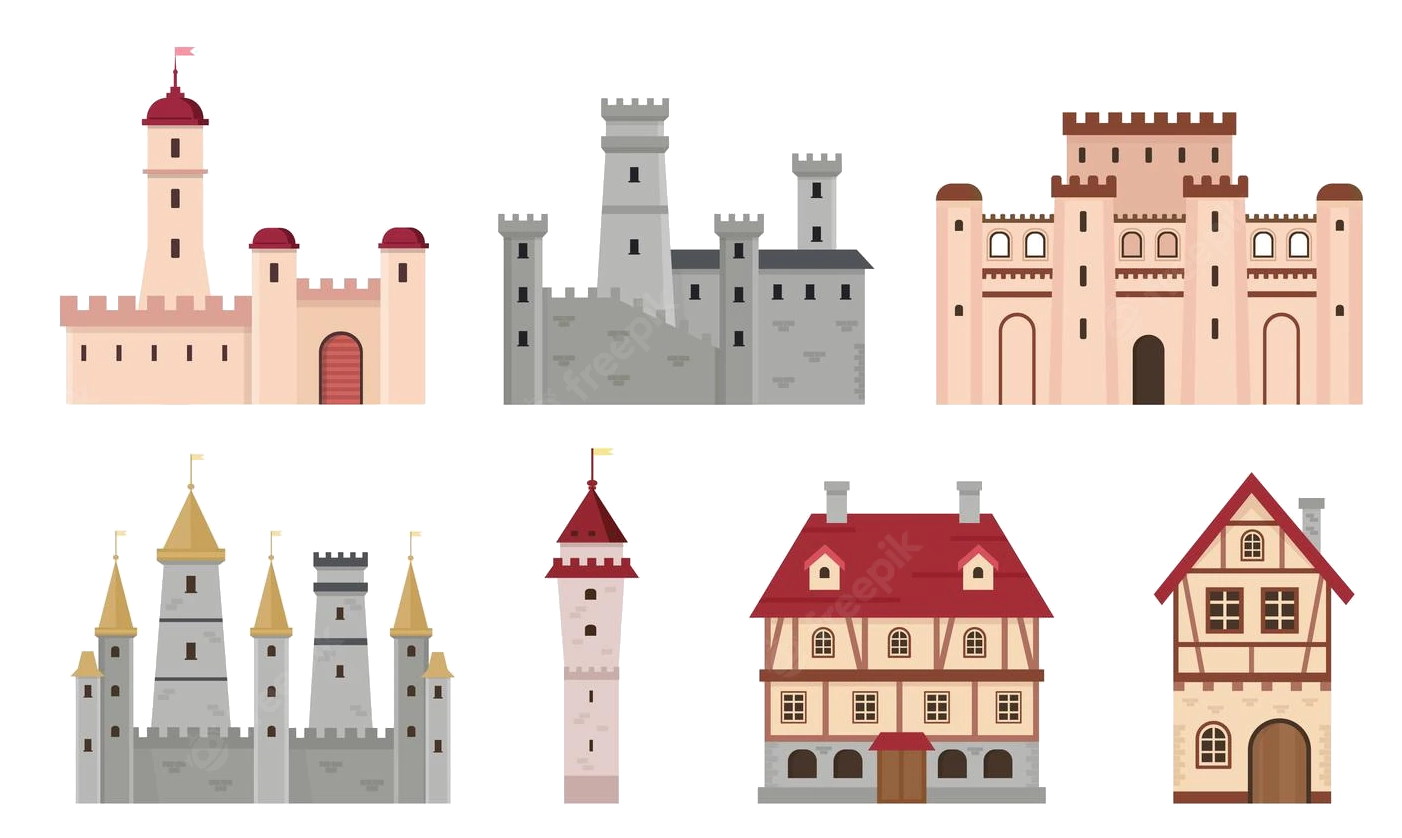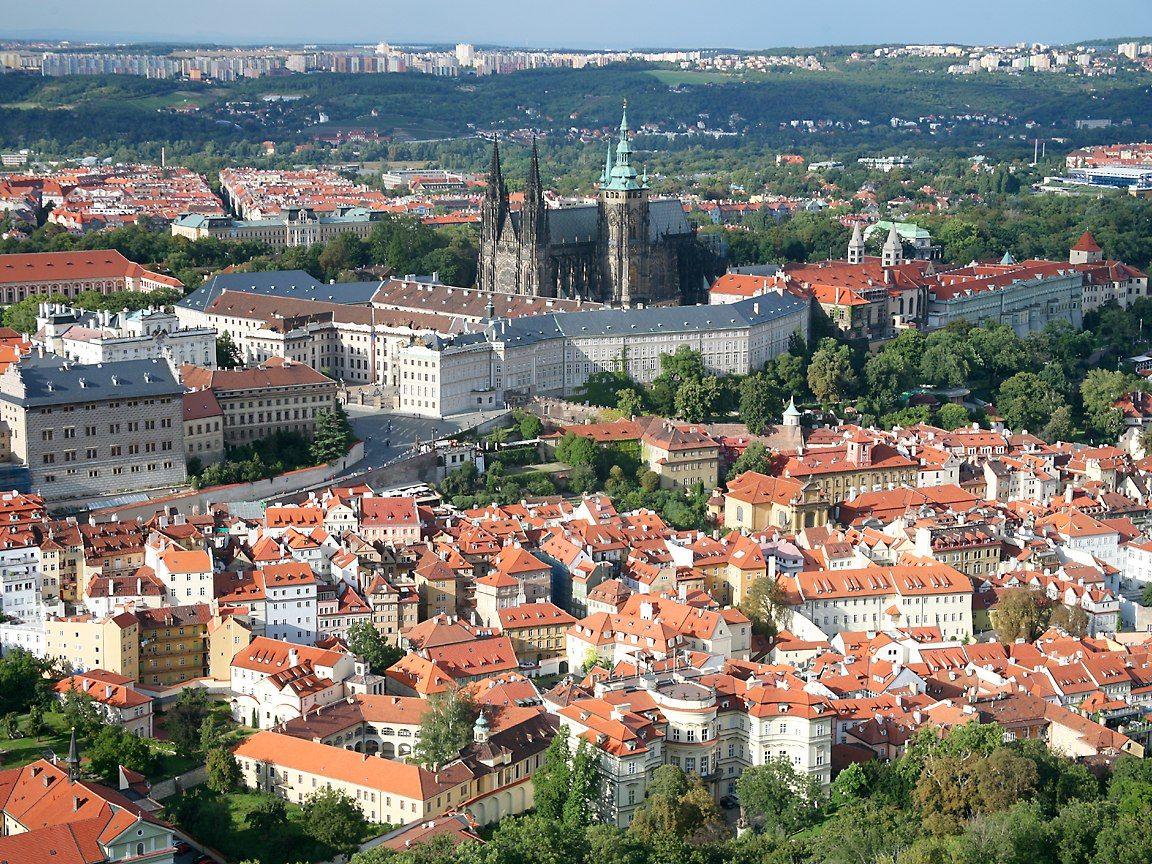

 Architecture
Architecture

 History
History

 International cities
*European Capital of Culture
International cities
*European Capital of Culture

 Medieval cities in Europe
Medieval cities in Europe
 Vltava
Vltava
 Silk road
Silk road
 Czech Republic
Czech Republic

 World Heritage
World Heritage




Prag (tschechisch Praha [ˈpraɦa]; ) ist die Hauptstadt und zugleich bevölkerungsreichste Stadt der Tschechischen Republik. Mit über 1,2 Millionen Einwohnern belegt Prag den vierzehnten Rang der größten Städte der Europäischen Union. Die Hauptstadt Prag ist eine der 14 Regionen Tschechiens und eine der reichsten Regionen Europas[2].
Prag ist die historische Hauptstadt Böhmens und war eine bedeutende königliche und kaiserliche Residenzstadt im Heiligen Römischen Reich, besonders unter den Přemysliden, Luxemburgern und Habsburgern. Um 1230 wurde die seit der Frühgeschichte bewohnte Siedlung zu einer königlichen Stadt erhoben und im 14. Jahrhundert als Residenzstadt Karls IV. zu einem politisch-kulturellen Zentrum in Europa. Mit der Karls-Universität wurde in Prag 1348 die erste Universität in Mitteleuropa gegründet. Auch das Konservatorium und die Technische Universität gehören zu den ältesten ihrer Art in Europa. Über Jahrhunderte hinweg war Prag eine Stadt, in der sich tschechische, deutsche und jüdische Kultur begegneten.
Prague (/prɑːɡ/; Czech: Praha [ˈpraɦa] (![]() listen), German: Prag) is the capital and largest city in the Czech Republic, the 14th largest city in the European Union[9] and the historical capital of Bohemia. Situated in the north-west of the country on the Vltava river, the city is home to about 1.3 million people, while its larger urban zone is estimated to have a population of 2.6 million.[10] The city has a temperate climate, with warm summers and chilly winters.
listen), German: Prag) is the capital and largest city in the Czech Republic, the 14th largest city in the European Union[9] and the historical capital of Bohemia. Situated in the north-west of the country on the Vltava river, the city is home to about 1.3 million people, while its larger urban zone is estimated to have a population of 2.6 million.[10] The city has a temperate climate, with warm summers and chilly winters.
Prague has been a political, cultural and economic centre of central Europe complete with a rich history. Founded during the Romanesque and flourishing by the Gothic, Renaissance and Baroque eras, Prague was the capital of the kingdom of Bohemia and the main residence of several Holy Roman Emperors, most notably of Charles IV (r. 1346–1378).[11] It was an important city to the Habsburg Monarchy and its Austro-Hungarian Empire. The city played major roles in the Bohemian and Protestant Reformation, the Thirty Years' War and in 20th-century history as the capital of Czechoslovakia, during both World Wars and the post-war Communist era.[12]
Prague is home to a number of famous cultural attractions, many of which survived the violence and destruction of 20th-century Europe. Main attractions include the Prague Castle, the Charles Bridge, Old Town Square with the Prague astronomical clock, the Jewish Quarter, Petřín hill and Vyšehrad. Since 1992, the extensive historic centre of Prague has been included in the UNESCO list of World Heritage Sites.
The city has more than ten major museums, along with numerous theatres, galleries, cinemas and other historical exhibits. An extensive modern public transportation system connects the city. Also, it is home to a wide range of public and private schools, including Charles University in Prague, the oldest university in Central Europe.[13]
Prague is classified as a "Beta+" global city according to GaWC studies[14] and ranked sixth in the Tripadvisor world list of best destinations in 2016.[15] Its rich history makes it a popular tourist destination and as of 2014, the city receives more than 6.4 million international visitors annually. Prague is the fifth most visited European city after London, Paris, Istanbul and Rome.[16]
Prague (prononcé [pʁag] ; en tchèque Praha [ˈpra.ɦa]) est la capitale et la plus grande ville de la République tchèque. Elle est à la fois l’une des quatorze régions du pays, le chef-lieu de la région administrative de Bohême-Centrale2,3 et la capitale de la région historique de Bohême. Elle est traversée par la Vltava (Moldau en allemand) et compte 1 280 508 habitants en 20164.
Prague est située en plein cœur de l'Europe centrale. Elle fut par le passé capitale du royaume de Bohême, du Saint-Empire romain germanique et de la Tchécoslovaquie (ČSR, ČSSR et enfin ČSFR). La ville aux mille tours et mille clochers (qui est encore la caractéristique architecturale de la ville) a miraculeusement échappé aux destructions de la Seconde Guerre mondiale et offre une architecture mêlant les styles préroman, roman, gothique, baroque, rococo, Art nouveau et cubiste. En 1968, le Printemps de Prague et l'écrasement du « socialisme à visage humain » par les troupes de l'URSS et du Pacte de Varsovie ont profondément marqué les Praguois et inspiré la culture des années 1960-1980. Depuis 1992, le centre ville historique est inscrit sur la liste du patrimoine mondial par l'UNESCO.
Prague est la sixième région urbaine la plus riche de l'Union européenne en termes de PIB par habitant PPA5, derrière la région urbaine de Hambourg mais devant l'Île-de-France6, la progression est continue ces dernières années. En 2015, selon Eurostat, le chômage était de 2,8 % dans la région de Prague7. Le contexte économique national est également plutôt favorable car la République tchèque est, avec les Pays-Bas, le pays où le taux de pauvreté est le plus bas d'Europe : il s'établit à 10 % de la population8, contre 16 % de moyenne pour l'Union européenne. Prague fait partie des villes mondiales Alpha - (villes globales) d'après le classement GaWC9 de l'université de Loughborough.
Praga (en checo, Praha ![]() [ˈpraɦa] (?·i)) es la capital de la República Checa, tal y como recoge la Constitución del país.1 Antes fue capital del Reino de Bohemia y de Checoslovaquia. También es la capital de la región de Bohemia.
[ˈpraɦa] (?·i)) es la capital de la República Checa, tal y como recoge la Constitución del país.1 Antes fue capital del Reino de Bohemia y de Checoslovaquia. También es la capital de la región de Bohemia.
Situada a orillas del río Moldava, tiene aproximadamente 1,2 millones de habitantes, lo que la convierte en la ciudad más poblada del país y la séptima de Europa Central. El área metropolitana de Praga cuenta con una población de 1,9 millones de habitantes.2
Desde 1992 el casco histórico de la ciudad es Patrimonio de la Humanidad.34 Su belleza y patrimonio histórico la convierten en una de las veinte ciudades más visitadas del mundo.5
Praga se ha desarrollado desde el siglo IX, convirtiéndose en una de las capitales más importantes de Europa en los siglos XVIII y XIX. Sin embargo, en el siglo XX sufrió las dos guerras mundiales y, principalmente, la dictadura nazi. Tras la segunda guerra, quedó dentro de la esfera de influencia soviética. Tras la Revolución de terciopelo y la caída del Muro de Berlín la ciudad se ha ido adaptando a la economía de mercado.
Пра́га (чеш. Praha [ˈpraɦa]) — статутный город и столица Чешской Республики, административный центр Среднечешского края и двух его районов: Прага-Восток и Прага-Запад. Образует самостоятельную административно-территориальную единицу страны.
Население: 1,3 млн человек (2018 год). Четырнадцатый по величине город в Евросоюзе. Расположена на берегах реки Влтавы в сорока километрах от её впадения в Лабу.
Главный политический, экономический и культурный центр Чехии. Крупный туристический центр Европы. Количество туристов в 2012 году превысило 5,4 млн человек[3].
С X века столица Чешского государства; в 1526—1918 годы главный город Богемии под властью Габсбургов; с 1918 по 1992 год столица Чехословакии; с 1993 года — Чешской Республики. Исторический центр внесён в список Всемирного наследия ЮНЕСКО.










